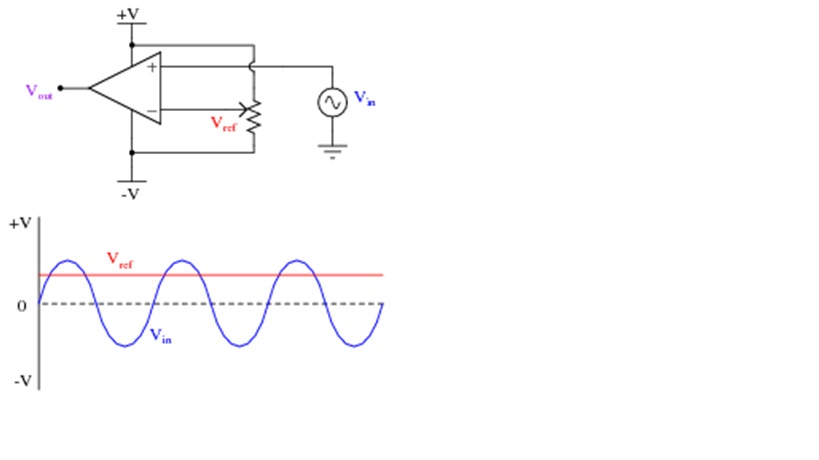Waveforms drawing waveform idea give code some
Table of Contents
Table of Contents
If you’re interested in electronics or just curious about the process of analyzing electrical signals, you might have heard of waveforms. Waveforms represent the shape and characteristics of electrical signals, and they are essential in circuit design, troubleshooting, and many other fields. In this blog post, we will cover the basics of how to draw a waveform and related keywords for anyone who wants to learn more about this topic.
Why Drawing a Waveform Can Be Challenging
For many people, drawing a waveform from scratch can be a daunting task. The main challenge comes from the fact that waveforms can look very different depending on the signal they represent. Also, there are different types of waveform measurements, such as amplitude, frequency, and phase, that contribute to the complexity of the task.
However, learning how to draw a waveform is an essential skill for anyone who works with electronics, whether you’re a hobbyist or a professional engineer. In this post, we will explain the steps you need to follow to draw a waveform correctly.
How to Draw a Waveform
The first step towards drawing a waveform is to understand the signal you want to represent. Start by analyzing the electrical signal and identifying its key characteristics such as amplitude and frequency.
Once you have identified these key characteristics, you can draw an axis for your waveform graph, usually on the x-axis for time and the y-axis for amplitude. Then, plot the waveform points on the graph, representing each point with a data point. Ensure that the gaps between data points are relatively small for anything but very slowly changing signals.
To make the waveform more accurate, you can add more data points, either by taking more measurements, or by using interpolative functions. The final step is connecting the data points with a smooth line, which gives the visual representation of the waveform. Once you have plotted and connected all the points, your waveform should now be complete.
Finding Resources for Drawing a Waveform
If you’re still struggling with drawing a waveform, there are plenty of online resources that can help with this task. These resources can provide you with interactive simulations or more in-depth explanations of the process. You can also find waveform calculations and graphing tools online that can make creating a waveform much easier.
Learning how to draw a waveform may seem daunting, but it can be a rewarding experience. Developing this skill can help you in your electrical engineering endeavors, and give you a deeper understanding of the signals flowing through your circuits.
Working with Graphing Tools
Working with graphing tools can be a useful way to complete the waveform drawing process. Graphing tools like MATLAB, SPICE, and Excel can help pre-plot the axes and add the data points from measurement or known mathematical function, making it a faster and more accurate process.
The Importance of Accurate Measurements
Accurate measurements are fundamental to drawing a waveform. To ensure an accurate measurement, you should use a high-quality oscilloscope to observe the signal. An oscilloscope is a valuable tool that lets you see the electrical signal in real-time.
Question and Answer
Q: What is the best way to represent a waveform visually?
A: The best way to represent a waveform visually is through a graph. Make sure the graph clearly labels the x-axis, which represents time, and the y-axis, which represents amplitude.
Q: Can I draw a waveform without an oscilloscope?
A: While it is possible to draw a waveform without an oscilloscope, it is a lot harder to accurately represent an electrical signal without one. Using an oscilloscope is the best way to ensure that your waveform is as accurate as possible.
Q: Why is it important to identify the key characteristics of a waveform?
A: Identifying the key characteristics of a waveform, such as its amplitude and frequency, is fundamental to drawing a waveform correctly. Without these measurements, it would be impossible to accurately represent the signal in graph form.
Q: Where can I find waveform graphing tools?
A: You can find waveform graphing tools online for free or for a fee. Some popular graphing tools include MATLAB, SPICE, and Excel.
Conclusion of How to Draw a Waveform
Learning how to draw a waveform is an essential skill for anyone interested in electronics or electrical engineering. By following the steps mentioned above and utilizing graphing tools and accurate measurements using an oscilloscope, anyone can draw a waveform. With this skill, it is possible to create more efficient electronic circuits and troubleshoot problems more quickly.
Gallery
Jim Wu’s FPGA Blog: Use Excel To Draw Waveforms

Photo Credit by: bing.com / excel draw waveform waveforms use
Drawing Waveform At PaintingValley.com | Explore Collection Of Drawing

Photo Credit by: bing.com / waveform paintingvalley
Drawing Waveforms

Photo Credit by: bing.com / waveforms drawing waveform idea give code some
Python – Can We Draw Digital Waveform Graph With Pyplot In Python Or Matlab

Photo Credit by: bing.com /
Solved 1. If The Waveforms In Figure 1 Are Applied To An | Chegg.com

Photo Credit by: bing.com / waveforms waveform latch assume solved





